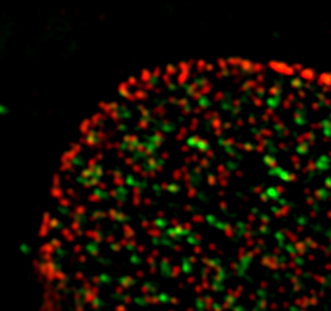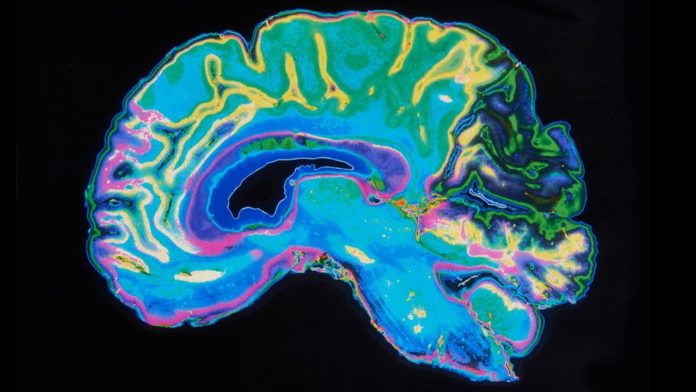This key interaction that takes place is between two key proteins and is responsible for regulating and maintaining the cells that produce neurons. It’s a major breakthrough for the Salk scientists and one that could help us better understand why an imbalance between neurons and these cells may contribute to certain age-related brain disorders and mental illness.

Rusty Gage is a professor in Salk’s Laboratory of Genetics and senior author of the study. “Increasingly, we are learning that disease like schizophrenia, depression, and Alzheimer’s all have a cellular basis,” confirms Gage. “So we are eager to understand how specific brain cells develop, what keeps then healthy and why advancing age or other factors can lead to disease.” Nearly 20 years ago Gage led a study which discovered that adult brains do in fact create new neurons. His new work focuses on understanding how natural precursor cells are able to maintain their own cellular identity as they become astrocytes or neurons.
Previous research carried out by another Salk professor and co-author of the paper, Martin Hetzer, confirmed that proteins found within the nuclear membrane appear to influence gene expression in various types of cancer cells. The team decided to employ the expertise of Hetzer to see if there was something similar going on with regards to brain cells. “Research from my lab has found that the nuclear membrane is a dynamic structure that plays a key role in developmental gene regulation,” confirmed Hetzer. So we were very interested to see what the Gage lab, working with entirely different cell types, would uncover.”
As part of the study, screens of cells from mice and rats were taken to see which genes were being transformed into astrocytes, precursor cells, proteins, and immature neurons. In the precursors, they found a high concentration of the protein Nup153. This particular protein is part of a multi-protein structure that creates a porous layer in the nuclear membrane to regulate what comes in and what goes out. There was a lower concentration of immature neurons than Nup153 and an even lower level of astrocytes. Results from the study showed that Nup153 levels influenced the cell type and in order to maintain the cell’s precursor status.
Cells with high levels of a protein called Sox2 have also been found to have high levels of Nup153. The researchers were able to observe the way these two interacted with one another by tagging them with fluorescent colors to make them easier to spot. “The fact that we were able to connect transcription factors, which are mobile switches, to the pore complex, which is a very stable structure, offers a clue as to how cells maintain their identity through regulated gene expression,” said Tomohisa Toda, first author of the paper and a Salk research associate. Moving forward the team want to take a deeper look into how this interaction affects neuronal function. This will hopefully give the researchers an insight into some of the underlying causes of various neurological disorders.
More News to Read
- Researchers Discover Ground Ice on the protoplanet Vesta
- Scientists Uncover Evidence That Suggests Mars’ Crust Isn’t As We Thought
- Researchers Have Developed a Prototype Smart Pill to Diagnose and Treat Diseases
- Move Across Even the Deepest of Snow With Ease With Drift Boards
- Keep Safe and Be Seen With the Next Generation Million Mile Light

